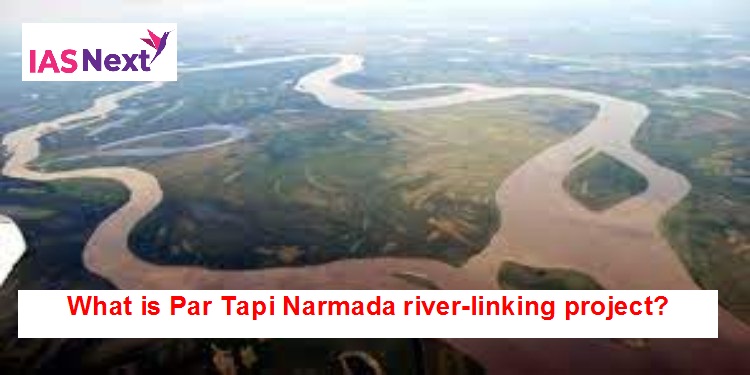CURRENT AFFAIRS
Get the most updated and recent current affair content on Padhaikaro.com
What is Par Tapi Narmada river-linking project?
- IAS NEXT, Lucknow
- 23, Mar 2022

Reference News:-
The tribals in Gujarat are protesting against the Centre’s Par Tapi Narmada river-linking project.
About the Project:
Envisioned under the 1980 National Perspective Plan.
It proposes to link three rivers:
- Par, originating from Nashik in Maharashtra and flowing through Valsad.
- Tapi from Saputara that flows through Maharashtra and Surat in Gujarat.
- Narmada originating in Madhya Pradesh and flowing through Maharashtra and Bharuch and Narmada districts in Gujarat.
The project proposes to transfer river water from the surplus regions of the Western Ghats to the deficit regions of Saurashtra and Kutch.
Benefits:
The surplus water proposed to be diverted through the estimated Rs 10,211 crore Par-Tapi-Narmada link project is expected to irrigate an area of 2,32,175 hectares, of which 61,190 ha is en route to the link canal.
Why is this project being opposed?
According to a report by the NWDA, about 6065 ha of land area will be submerged due to the proposed reservoirs.
- A total of 61 villages will be affected, of which one will be fully submerged and the remaining 60 partly.
- The total number of affected families would be 2,509 of which 98 families would be affected due to the creation of the Jheri reservoir, the only one in Maharashtra, spread over six villages.
- In Gujarat, around 2000 families will be affected by the project. The districts where the project will be implemented are largely dominated, by tribals who fear displacement.
Benefits of interlinking:
- Enhances water and food security.
- Proper utilisation of water.
- Boost to agriculture.
- Disaster mitigation.
- Boost to transportation.
Issues and Concerns:
- Interlinking of rivers is a very expensive proposal. It will adversely affect land, forests, biodiversity, rivers and the livelihood of millions of people.
- Interlinking of rivers will lead to destruction of forests, wetlands and local water bodies, which are major groundwater recharge mechanisms.
- It causes massive displacement of people. Huge burden on the government to deal with the issue of rehabilitation of displaced people.
- Due to interlinking of rivers, there will be decrease in the amount of fresh water entering seas and this will cause a serious threat to the marine life.